Paracetamol is one of the most common – and oldest – over-the-counter pain-relieving drugs used in the UK. It was synthesised by Harmon Northrop Morse at John Hopkins University in around 1877, although it wasn’t until 10 years later that pharmacologist Joseph von Mering first administered the drug to humans.
Today, paracetamol is marketed under various brand names, including Tylenol and Panadol.
Continue reading to learn more about the origins of this popular pain reliever and how it’s manufactured.
In this post:
The origins of paracetamol
Paracetamol is one of the most widely used analgesic and antipyretic drugs (drugs that reduce fever) in the world. In 2022, it had an estimated global market of around £588 million, but this is expected to grow to £830 million by 2030.
In the UK alone, it’s thought that almost 6,300 tonnes of paracetamol is consumed annually – that’s roughly equivalent to 35 grams (70 tablets) per person each year.

Chemically known as acetaminophen or para-hydroxyacetanilide, paracetamol is favoured because of its relative safety compared to other analgesic and antipyretic drugs, such as NSAIDS. It’s generally non-allergenic and requires a very high dosage of 4,000 mg to become toxic.
So where did it all begin? Like many other drugs that were developed in the 1800s, paracetamol was discovered by chance.
Evidence suggests researchers may have been looking for an alternative to the aniline-derived drug acetanilide, which had several toxic effects including cyanosis, a condition characterised by the bluing of the skin, lips, or nails due to a lack of oxygen in the blood.
Some historical records indicate that even before this, paracetamol may have already been synthesised by the company Cahn & Hepp or by a French chemist named Charles Gerhardt in the 1850s.
Who invented paracetamol?
Based on more reliable documentary evidence, Harmon Northrop Morse at John Hopkins University was the first person to synthesise paracetamol in 1877. He accomplished this via the reduction of p-nitrophenol using tin in glacial acetic acid.
Nonetheless, it took another decade before the first human trial was conducted by the clinical pharmacologist Joseph von Mering in 1887. He published his findings in a paper detailing the effects of paracetamol with another less toxic aniline derivative, phenacetin.
Von Mering concluded that paracetamol had a slight tendency to cause methemoglobinemia compared with phenacetin. Consequently, paracetamol was quickly discarded in favour of phenacetin.
It wasn’t until the 1970s that the adverse effects of phenacetin on the kidneys were clinically established. Phenacetin was discontinued in the 1980s and paracetamol became the drug of choice.
How paracetamol is manufactured
Paracetamol can be synthesised using the classic laboratory method of reducing p-nitrophenol with the aid of tin in glacial acetic acid. However, the commercial method of manufacturing paracetamol starts with phenol.
The phenol is nitrated to produce a mixture of ortho and para-nitrotoluene. The o-isomer is then removed from the mixture via distillation. Meanwhile, the p-nitro group is subjected to a reduction reaction to produce a p-amino group. This group is then acetylated to produce paracetamol, as shown in the video below.
What’s in paracetamol?
Paracetamol is sold under various brand names, including Panadol, Calpol, Tylenol, Alvedon, and Biogesic. It’s also available in different forms such as capsules, tablets, liquid solutions (for children), and suspensions.
Depending on the brand and type of medication, paracetamol can be mixed with other non-active ingredients. These are necessary for the delivery and stability of the active ingredient.

Some of the inactive ingredients found in paracetamol tablets include the following:
- Calcium stearate or magnesium stearate
- Cellulose
- Docusate sodium
- Sodium benzoate or sodium lauryl sulphate
- Starch
- Hydroxypropyl methylcellulose
- Propylene glycol
- Sodium starch glycolate
- Polyethylene glycol
- Red #40
Meanwhile, gelatin capsules and liquid solutions may contain the following inactive ingredients:
- 7% ethanol
- Citric acid
- Glycerine
- Polyethylene glycol
- Sodium benzoate
- Sorbitol
- Sucrose
- Yellow #6, #10, and blue #1
What is the chemical structure of paracetamol?
Paracetamol is a non-opioid analgesic and antipyretic medication with the chemical formula C8H9NO2. Its chemical name is 4-Acetamidophenol and it has a molar mass of 151.165 g/mol.
A paracetamol molecule has a planar geometry with two hydrogen bonds and seven carbon atoms, which have sp2 hybridization.
Conclusion
History credits Harmon Northrop Morse as the first person to synthesise paracetamol in 1877, although others also contributed to its development. Paracetamol’s analgesic and antipyretic properties were discovered around 1887, but it took almost a century before the drug was widely adopted. The commercial method of manufacturing paracetamol starts with phenol. However, paracetamol can also be synthesised using the classic laboratory method of reducing p-nitrophenol with the aid of tin in glacial acetic acid.














